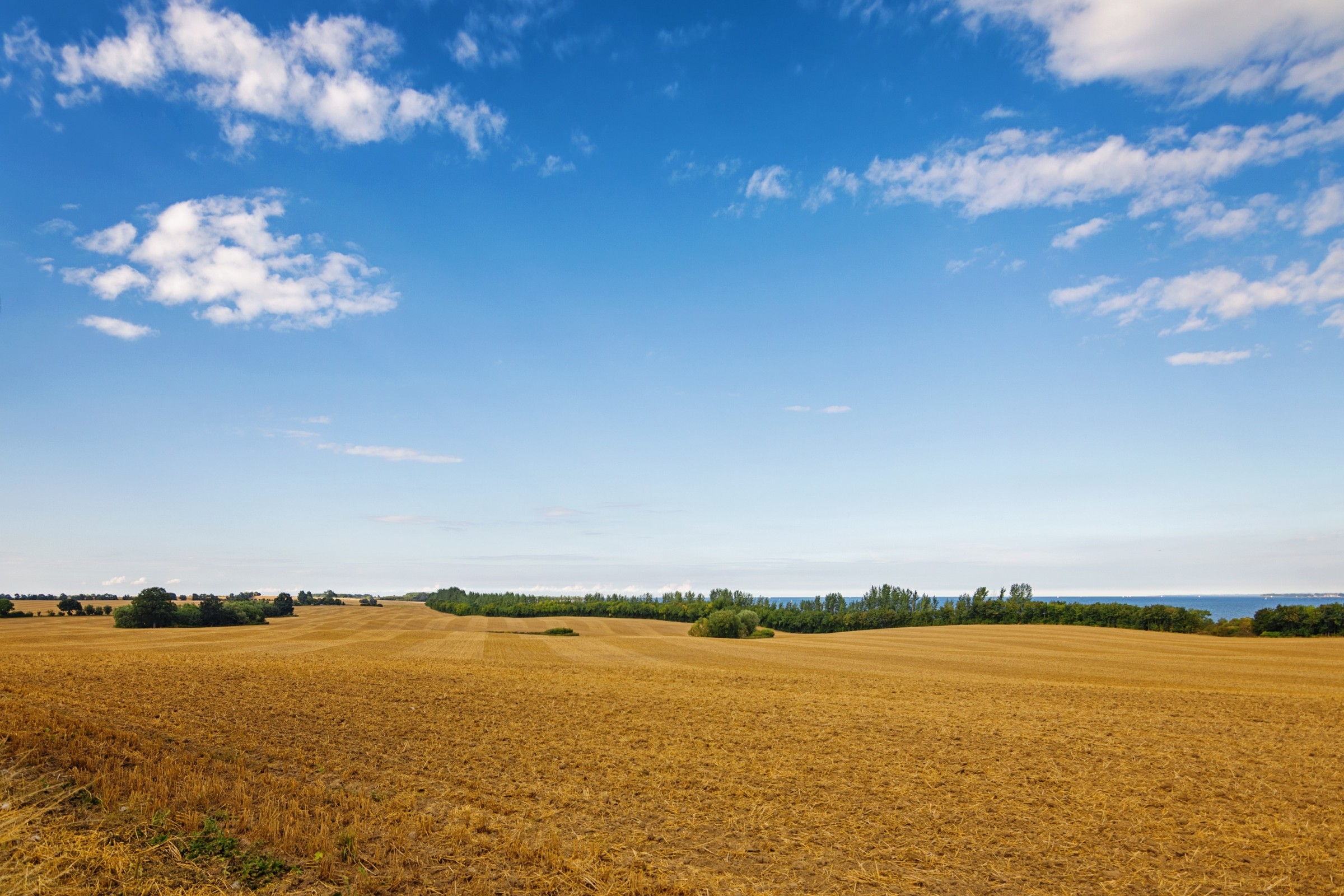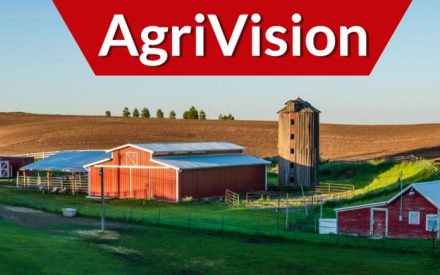Host Katie Wantoch and Ben Jenkins, Agriculture Extension educator in Green Lake County, discuss a farmer and his son who are considering buying a new chopper and how to cash flow this purchase.
View Transcript
This is UW Extension’s Farm Management AgriVision Podcast. I am Katie Wantoch Agriculture agent with the UW-Madison Division of Extension. I’ll be chatting with fellow Extension educators as we answer questions from farmers and share our knowledge and expertise on how you can improve your farm management skills. Today I am joined by Ben Jenkins, Agriculture extension educator in Green Lake County. Welcome Ben to the podcast.
Ben Jenkins
Thank you, Katie.
Katie Wantoch
Ben, a farmer and his son asked this question about buying a chopper. They farm 300 owned and 200 rented acres and milk 125 cows in East Central Wisconsin. They also custom harvest 200 acres of corn silage for two neighboring dairy farms. They do all their own field work, planting and chopping. But don’t own a combine. They hire another neighbor to custom harvest their soybeans and high moisture corn. They currently own a pull type chopper, but are considering purchasing a new self-propelled chopper. The dealer will take their pull type chopper on a trade and they will then owe an additional $160,000. They could put up haylage and corn silage a lot faster with a self-propelled chopper. They’re also worried about breakdowns with the current chopper. They currently owe $150,000 on their equipment, and $250,000 for land. Ben what should this farmer and son be considering about this chopper purchase?
Ben Jenkins
Well, several things actually. The first being whether or not they can cash flow the additional $160,000.
Katie Wantoch
Right. And when they talk about cash flow, I mean, that’s a great opportunity to look at budgeting. Right? Planning for their profits and then working their plan. And one of our state specialists Kevin Bernhardt has a great article on our topic hub website.
Ben Jenkins
Absolutely, Katie, another question they should ask is whether or not they’ll be able to do more custom work with that purchase. And if they can, how many more acres can they reasonably expect that enterprise to expand to. So essentially, what’s your customer base look like now, and how many potential customers are out there that would use your services, if you had the capacity to take them on. Without knowing how many of their own acres that they plan to use this equipment on, I’ll assume that they’ll use this on 300 of their own acres plus the 200 acres of their custom harvesting for their neighbors. This basically means that there’ll be using that chopper for approximately 500 acres per year. If they were financing the $160,000 for say, five and a half percent interest over a five-year period, that kind of works out to about $73.35 per acre per year. Now they can go to the Wisconsin custom rate guide. If they do that, they’ll see that the median custom chopping rate for Wisconsin is about $100 an acre give or take, which is about $26.65 higher than financing this upgrade. It will also be quite possible that once word gets out that they have this upgrade, they’ll gain a lot more customers that they hadn’t even considered and be able to add more acres to their custom enterprise, which would then bring that yearly cost of ownership down. What it really comes down to financially is will the additional cost of production be offset by a reduction in labor, fuel, and hopefully the maintenance costs and offset to a degree that it won’t negatively affect the dairies cost of production? Even better? Will it actually increase the cash flow coming into the farm business?
Katie Wantoch
Right, and that goes back to that cash flow budget and really looking at like you said, what additional income can they make from this operation? And that trade in that they talked about with that pull type chopper and making sure that they have enough. And then the outflows to maintain this self-propelled chopper. Because, right, Ben, you don’t want the chopper just be sitting around? You’re almost wasting money then correct?
Ben Jenkins
Absolutely. You’re going to be having problems with lot rot and even more maintenance issues. Not to mention, the amount of time that the chopper spends idle is the amount of time that you’re not making money off of it.
Katie Wantoch
But you know, when you consider buying a chopper, you also want to make sure that you have the right equipment to go with that self-propelled chopper. Right? So you want to make sure that you have the right other equipment, what might that include Ben?
Ben Jenkins
Well, you’re gonna want to be looking at some other support equipment, obviously. So with the current pull type chopper, we’re making an assumption here that that current pull type chopper is a large capacity pull type chopper so that the reason they’re thinking of going into a self-propelled of that size is because they’re already at a large size pull type. Now, if not, then the other concern is do you have the support equipment that’s going to be able to take those acres off as quickly as that chopper can without bottlenecking you. So we’re going to be looking at the number of wagons, whether that’s a trailer type wagon or a regular fifth wheel type wagon, self-unloading boxes on those wagons, are we going to be doing a dump type box? Are we going to be doing trucks. I mean, we don’t want to inhibit operations in the field because obviously time is money. When we’re running something that’s going to cost us this much we got to keep it moving. So the other options, the other things we’re gonna have to look at too, is is hired labor going to have to go up? So if we’ve got this machine that can run this fast, does that mean that we have to hire labor? So again, then you have to look at how much more potential acres can we get? Is that going to cover that and make it worth it?
Katie Wantoch
Right. And that’s definitely where that cash flow budget comes in to make sure that with those additional expenses, potentially upgrading some of your wagons, having to hire additional labor, even the packing, depending on where you’re storing the corn silage or high moisture corn might also have increased costs, in addition to that debt service. So you want to make sure that the net cash flow is positive and not negative, to really make that benefit and worthwhile for you. Well, thanks, Ben. Anything else to add today?
Ben Jenkins
No, I think that about covers it.
Katie Wantoch
Well, great. Thanks so much for joining us today.
Ben Jenkins
Thank you, Katie.
Katie Wantoch
For more Extension AgriVision podcasts or resources to improve your farm management skills, check out farms.extension.wisc.edu. Thanks for listening.
Related Resources
Information in this article was originally published as part of the Agrivision column in Wisconsin Agriculturist .
Extension resources


 AgriVision Episode 21 - Does it make sense to buy farmland at our age?
AgriVision Episode 21 - Does it make sense to buy farmland at our age?


